Are you considering getting a new furry friend? If so, have you thought about getting a Giant Schnauzer breed dog? These dogs are known for their loyalty, intelligence, and protective nature. They are a great choice for families who want a dog that is both a great companion and a protector. However, before you decide to get a Giant Schnauzer, it’s important to learn more about the breed and what it takes to care for them. In this article, we’ll cover everything you need to know about this breed and help you decide if a Giant Schnauzer is the right pet for you.
Breed Category: Working
Country of Origin: Germany
Average Size:60-70 cm
Average Weight:35-47 kg
Average Life Span: 12-15 years
Grooming Requirements: High
Exercise Requirements:High
History and Origin
The Giant Schnauzer is a breed of dog that originated in Germany in the 17th century. They were originally bred to be working dogs, specifically for tasks such as herding, guarding, and driving cattle to market. The breed was created by crossing the Standard Schnauzer with larger breeds such as the Great Dane and the Bouvier des Flandres.
The Giant Schnauzer was first recognized as a breed in Germany in 1925, and it was not until 1930 that the breed was recognized by the American Kennel Club. During World War II, the breed was used by the German army as a messenger dog and as a guard dog. After the war, the breed was almost extinct, but it was saved by a group of breeders who worked to revive the breed.
The Giant Schnauzer is a large, powerful dog that stands between 23 and 28 inches tall at the shoulder and weighs between 55 and 80 pounds. They have a distinctive appearance, with a long, rectangular head, a thick, wiry coat, and a bushy beard and eyebrows. The breed comes in two colors: solid black and salt and pepper.
The Giant Schnauzer is a highly intelligent and trainable breed, and they excel in a variety of activities such as obedience, agility, and tracking. They are also excellent guard dogs and are often used by law enforcement agencies. The breed is known for its loyalty and devotion to its family, and they make excellent companions for active families.
In recent years, the Giant Schnauzer has become increasingly popular as a family pet, and the breed has been featured in several movies and television shows. Despite their popularity, the breed is still relatively rare, and it is important for potential owners to do their research and find a reputable breeder.
Overall, the Giant Schnauzer is a fascinating breed with a rich history and a bright future. Whether you are looking for a working dog, a family pet, or a loyal companion, the Giant Schnauzer is a breed that is sure to impress. With their intelligence, loyalty, and versatility, it is no wonder that this breed has captured the hearts of dog lovers around the world.
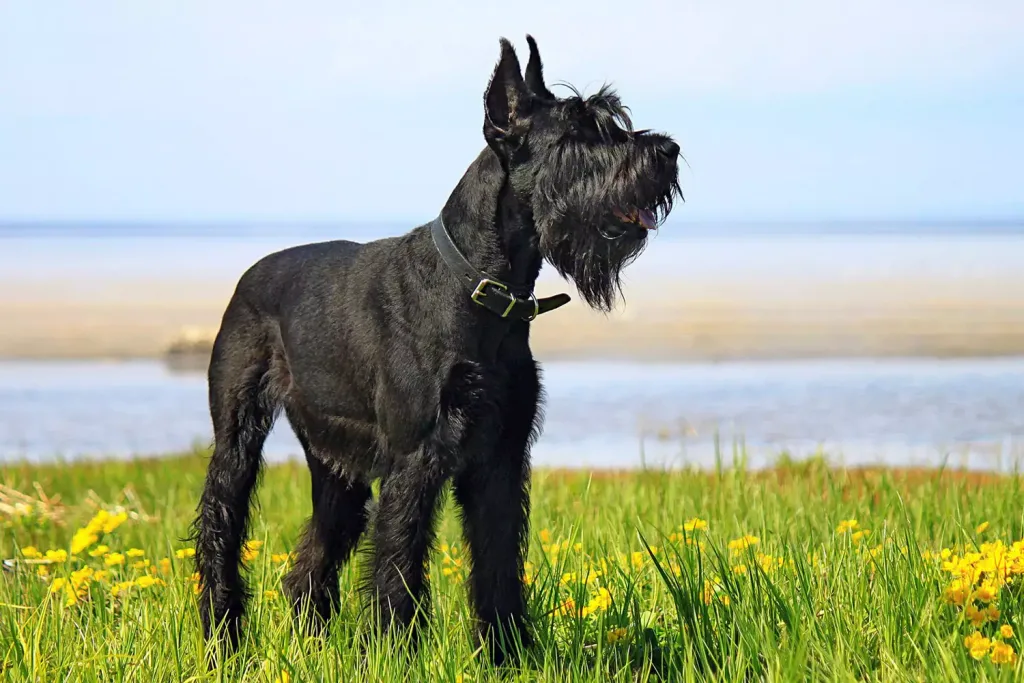
Size and Breed Category
The Giant Schnauzer is a large breed of dog that falls under the working category. They are known for their impressive size and muscular build, with males standing at 65-70cm tall and weighing between 34-43kg, while females are slightly smaller at 60-65cm tall and weighing between 29-36kg. Their coat is thick and wiry, with a distinctive beard and eyebrows that give them a unique appearance. They come in two colours, black and pepper and salt, with the latter being more common.
As a working breed, the Giant Schnauzer was originally bred in Germany to be a versatile dog that could perform a variety of tasks. They were used as guard dogs, herding dogs, and even as draft dogs. Today, they are still used in many working roles, including as police and military dogs, search and rescue dogs, and as therapy dogs. They are known for their intelligence, loyalty, and protective nature, making them a popular choice for families and individuals who are looking for a dog that can provide both companionship and security.
Fur Length and Colour
The fur of the Giant Schnauzer is thick and wiry, providing excellent protection against harsh weather conditions. The breed’s double coat consists of a soft undercoat and a harsh outer coat that is approximately 2-3 inches in length. The fur on the legs and head is shorter and smoother than the rest of the body. The Giant Schnauzer’s fur is typically solid black, but it can also be salt and pepper, which is a mix of black and white hairs. The salt and pepper coloring is most common on the legs, eyebrows, and beard. The fur requires regular grooming to prevent matting and tangling.
The Giant Schnauzer’s fur color is determined by genetics, with black being the dominant color. The salt and pepper coloring is caused by a recessive gene that is inherited from both parents. The fur color can vary slightly within the breed, with some dogs having a darker or lighter shade of black or salt and pepper. The fur on the Giant Schnauzer’s face is distinctive, forming a thick beard and eyebrows that give the breed a serious and imposing appearance. The fur on the body is dense and coarse, providing excellent protection against the elements. Overall, the Giant Schnauzer’s fur is an important characteristic of the breed, providing both practical and aesthetic benefits.
Termperament and Trainability
Giant Schnauzers are known for their high energy levels and strong-willed personalities. They require a firm and consistent hand in training, as they can be stubborn and independent. However, with proper socialization and training, they can become loyal and obedient companions. They are intelligent dogs and excel in activities such as obedience, agility, and tracking. Giant Schnauzers also have a strong protective instinct and make excellent guard dogs.
In terms of temperament, Giant Schnauzers are confident and fearless. They are not typically aggressive towards people, but can be wary of strangers and other dogs. They are affectionate with their families and enjoy being included in all activities. They require daily exercise and mental stimulation to prevent boredom and destructive behavior. Giant Schnauzers are not recommended for first-time dog owners or those who are not willing to put in the time and effort required for training and socialization.
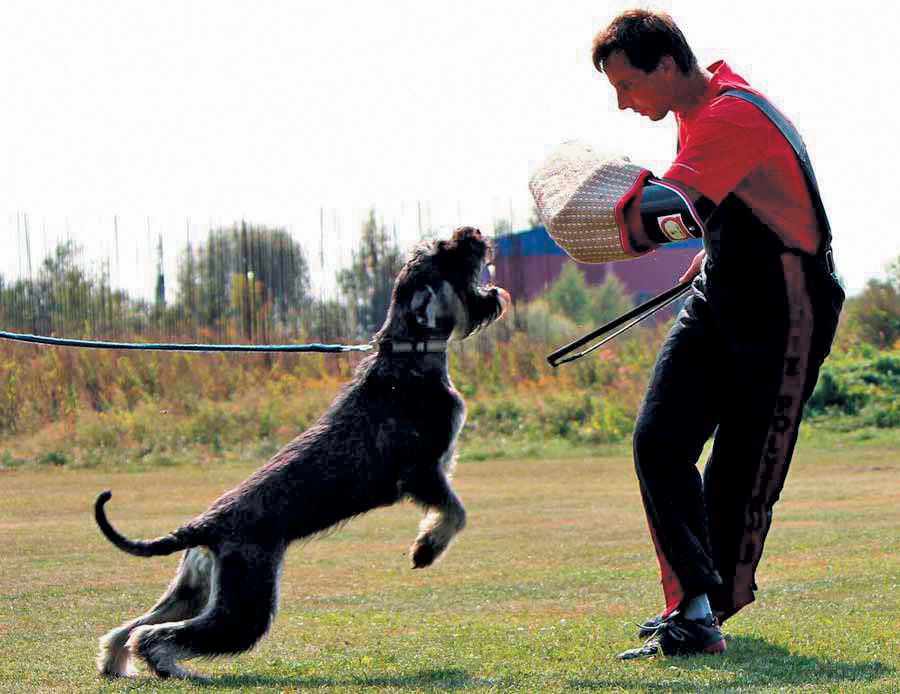
Known Health Conditions
Giant Schnauzers are prone to certain health conditions that owners should be aware of. One of the most common issues is hip dysplasia, which is a genetic condition that affects the hip joint. This can cause pain, lameness, and arthritis in the affected joint. Another condition that Giant Schnauzers are susceptible to is bloat, which is a life-threatening condition where the stomach fills with gas and twists on itself. This can cause a blockage of blood flow to the stomach and other organs, leading to shock and death if not treated promptly. Other health concerns for this breed include eye problems such as cataracts and progressive retinal atrophy, as well as skin allergies and autoimmune disorders.
Regular veterinary check-ups and preventative care can help manage these health conditions in Giant Schnauzers. Owners should also be aware of the signs and symptoms of these conditions and seek veterinary care if they suspect their dog may be affected. Proper nutrition, exercise, and weight management can also help reduce the risk of certain health issues. With proper care and attention, Giant Schnauzers can live long and healthy lives.
Openness to Strangers
Giant Schnauzers are known for their friendly and sociable nature towards strangers. They are a breed that is always eager to meet new people and make new friends. With their outgoing personality, they are quick to approach strangers and show affection towards them. They are not shy or reserved when it comes to meeting new people, and they are always ready to engage in play or cuddles. Giant Schnauzers are also very loyal and protective of their owners, which makes them excellent guard dogs. However, they are not aggressive towards strangers and are always happy to welcome new people into their lives.
Giant Schnauzers are highly intelligent dogs that are easy to train. They are quick learners and respond well to positive reinforcement. This makes them an ideal breed for families with children or first-time dog owners. They are patient and gentle with children, and their playful nature makes them great companions for kids. Giant Schnauzers are also very adaptable and can thrive in different environments. They are equally comfortable in apartments or large houses, as long as they get enough exercise and mental stimulation. Overall, Giant Schnauzers are a friendly and sociable breed that loves to interact with people and make new friends.
Playfulness Level
The Giant Schnauzer is a highly energetic and playful breed of dog. They are known for their love of play and their ability to keep their owners entertained for hours on end. Whether it’s playing fetch, chasing after a ball, or simply running around in the backyard, these dogs are always up for a good time. They are also highly intelligent and love to learn new tricks and commands, making them a great choice for owners who enjoy training their pets. Overall, the playfulness level of the Giant Schnauzer is one of their most endearing qualities, and it’s one that makes them a popular choice among dog lovers.
Despite their large size, the Giant Schnauzer is a surprisingly agile and athletic breed. They are known for their love of outdoor activities, and they thrive on exercise and play. Whether it’s going for a long walk, hiking in the mountains, or playing a game of frisbee in the park, these dogs are always up for a challenge. They are also highly social animals, and they love to interact with their owners and other dogs. This makes them a great choice for families with children or other pets, as they are always eager to make new friends. Overall, the playfulness level of the Giant Schnauzer is one of their most endearing qualities, and it’s one that makes them a beloved companion for many dog lovers.
Suitability as a Pet for Children
Giant Schnauzers have a strong and dominant personality, which can make them a challenge to train. However, with proper socialization and training, they can make loyal and protective pets for families with older children. They are energetic and require regular exercise, which can be a great way for children to stay active and engaged with their pet. Additionally, their thick, wiry coat requires regular grooming, which can be a fun activity for children to participate in and bond with their pet.
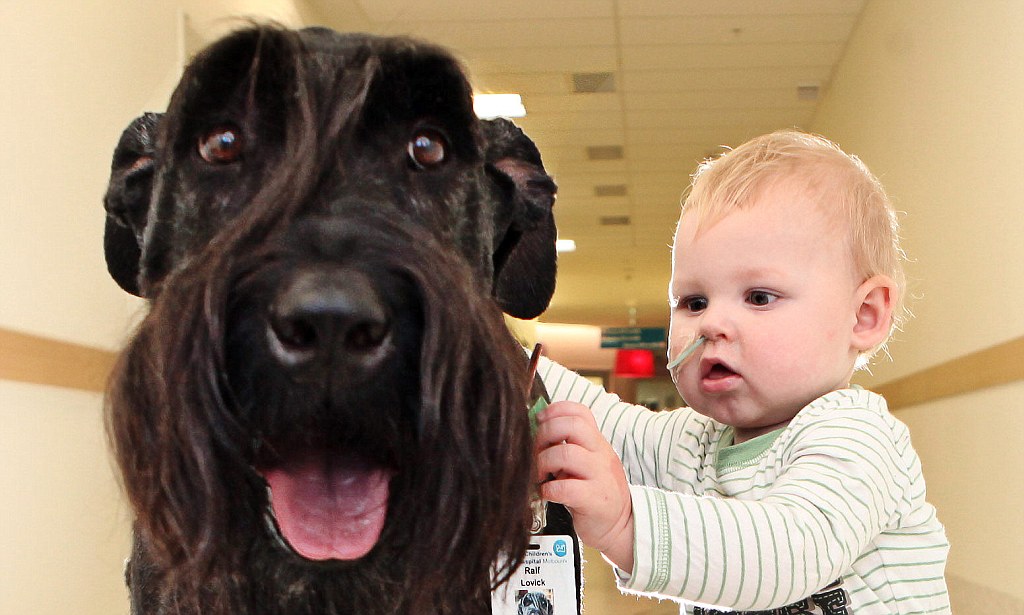
Exercise Needs
Giant Schnauzers require a significant amount of exercise to maintain their physical and mental health. As a large breed, they need plenty of space to run and play, making them better suited to homes with a garden or access to open spaces. A daily walk of at least an hour is recommended, but they will benefit from additional exercise such as running, hiking, or swimming. It is important to note that Giant Schnauzers have a high energy level and need regular, vigorous exercise to prevent boredom and destructive behavior.
In addition to physical exercise, mental stimulation is also crucial for the well-being of Giant Schnauzers. They are intelligent dogs that thrive on mental challenges, so activities such as obedience training, agility, and interactive toys can help keep them mentally stimulated. Without adequate exercise and mental stimulation, Giant Schnauzers may become bored and develop behavioral problems such as excessive barking, digging, and chewing. It is important for owners to provide their Giant Schnauzers with plenty of opportunities for both physical and mental exercise to ensure they remain happy and healthy.
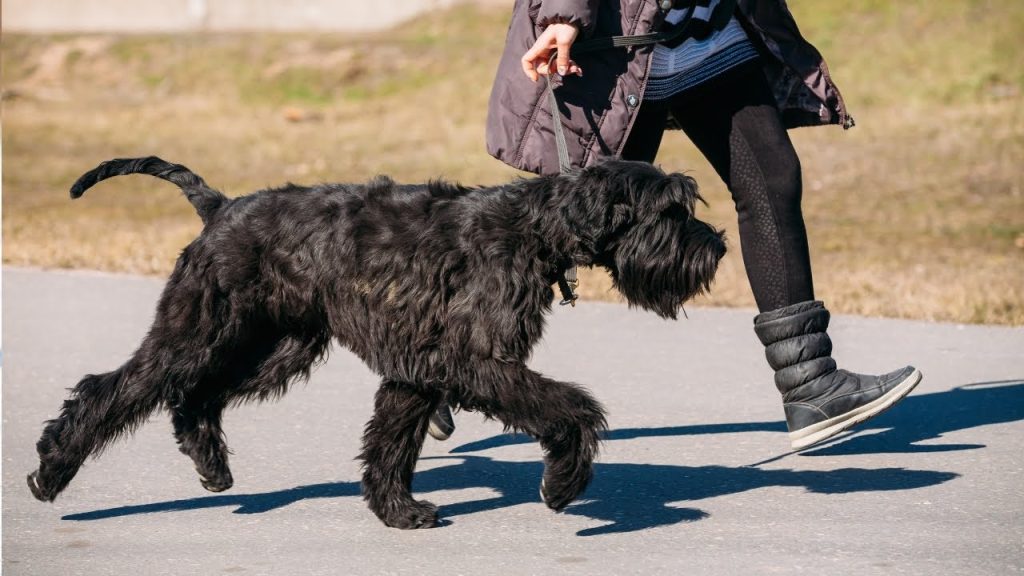
Suitability for a Multi-Pet Family
Giant Schnauzers have a reputation for being dominant and assertive, which can sometimes lead to conflicts with other pets in the household. However, with proper socialization and training, they can learn to coexist peacefully with other animals. It is important to introduce them to other pets gradually and under supervision, and to teach them appropriate behavior around other animals. Additionally, providing plenty of exercise and mental stimulation can help reduce any potential aggression or territorial behavior.
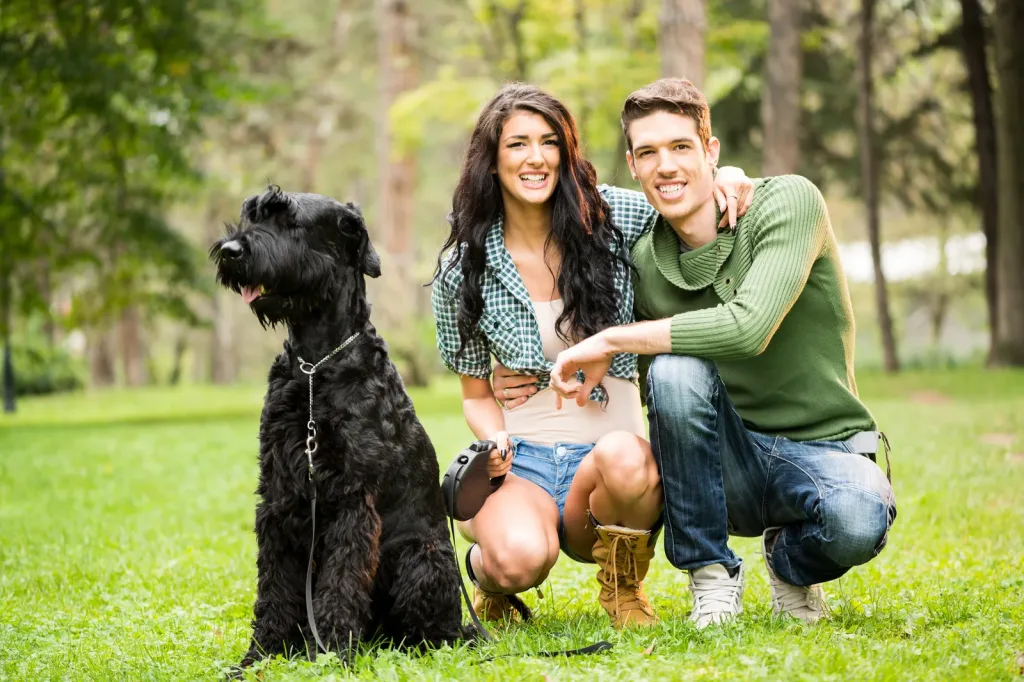
Housing Requirements
Giant Schnauzers require a spacious living environment that allows them to move around freely. They need a minimum of 30 square meters of indoor space, with an additional outdoor area for exercise and play. The indoor space should be well-ventilated and have enough natural light to keep the dog healthy and happy. The outdoor area should be securely fenced and have enough space for the dog to run and play. Giant Schnauzers are active dogs that need regular exercise, so a large garden or nearby park is ideal. They also need a comfortable bed or crate to sleep in, as well as access to fresh water and food at all times.
Giant Schnauzers are intelligent and social dogs that thrive on human interaction. They need to be part of the family and should not be left alone for long periods of time. If left alone, they may become bored and destructive. Therefore, it is important that their living environment is located in an area where they can be part of the family’s daily activities. They also need regular grooming, so a designated grooming area is recommended. This area should have good lighting and be equipped with grooming tools such as clippers, brushes, and scissors. Regular grooming will help keep the dog’s coat healthy and shiny, and will also help prevent skin problems.
Summary
Giant Schnauzers can make great pets for experienced dog owners who have the time and energy to devote to their training and exercise needs. They are intelligent and loyal dogs that thrive on human companionship and require plenty of mental and physical stimulation to prevent boredom and destructive behavior. However, their size and strength mean they are not suitable for everyone, and they may not be the best choice for families with young children or other pets. It is important to research and understand the breed’s temperament and needs before considering a Giant Schnauzer as a pet.
Giant Schnauzer Dog FAQS
Giant Schnauzers are intelligent and trainable, but they require consistent and firm training.
Yes, Giant Schnauzers are known to be good with children, but they should always be supervised.
Yes, Giant Schnauzers can be prone to hip dysplasia, eye problems, and bloat. Regular vet check-ups are recommended.
Yes, Giant Schnauzers are known for their protective nature and make excellent guard dogs.
Yes, Giant Schnauzers shed moderately, but regular grooming can help control shedding.
Giant Schnauzers need at least 1-2 hours of exercise per day, including walks and playtime.
Giant Schnauzers should be groomed every 6-8 weeks, including haircuts and nail trims.
A Giant Schnauzer can grow up to 60-70 cm in height.
The average weight of a Giant Schnauzer is between 32-41 kg.
The average lifespan of a Giant Schnauzer is 12-15 years.

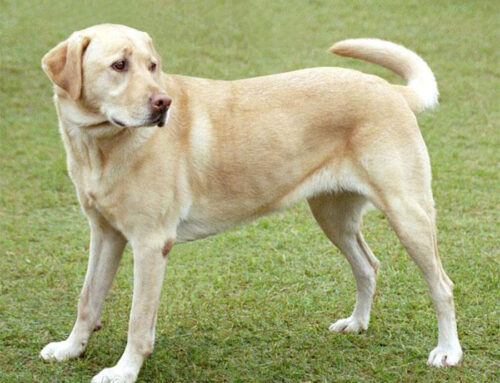
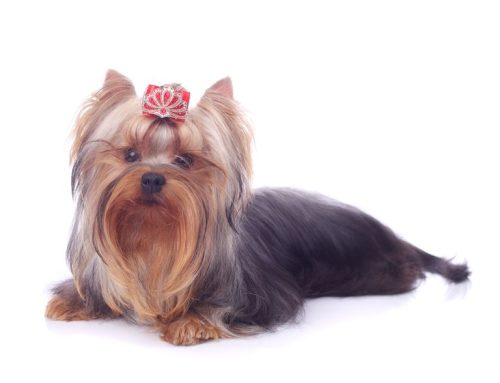
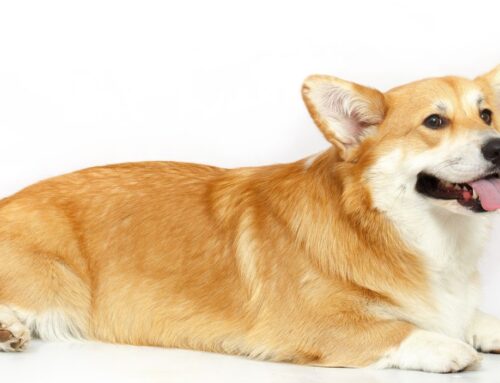

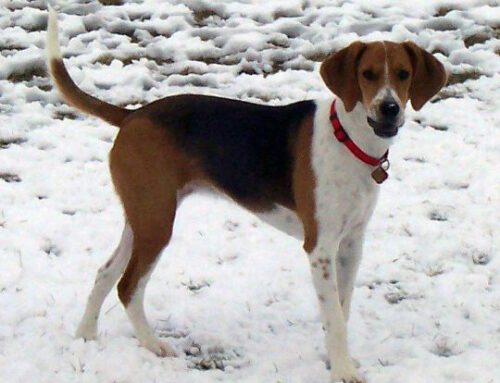
Leave A Comment